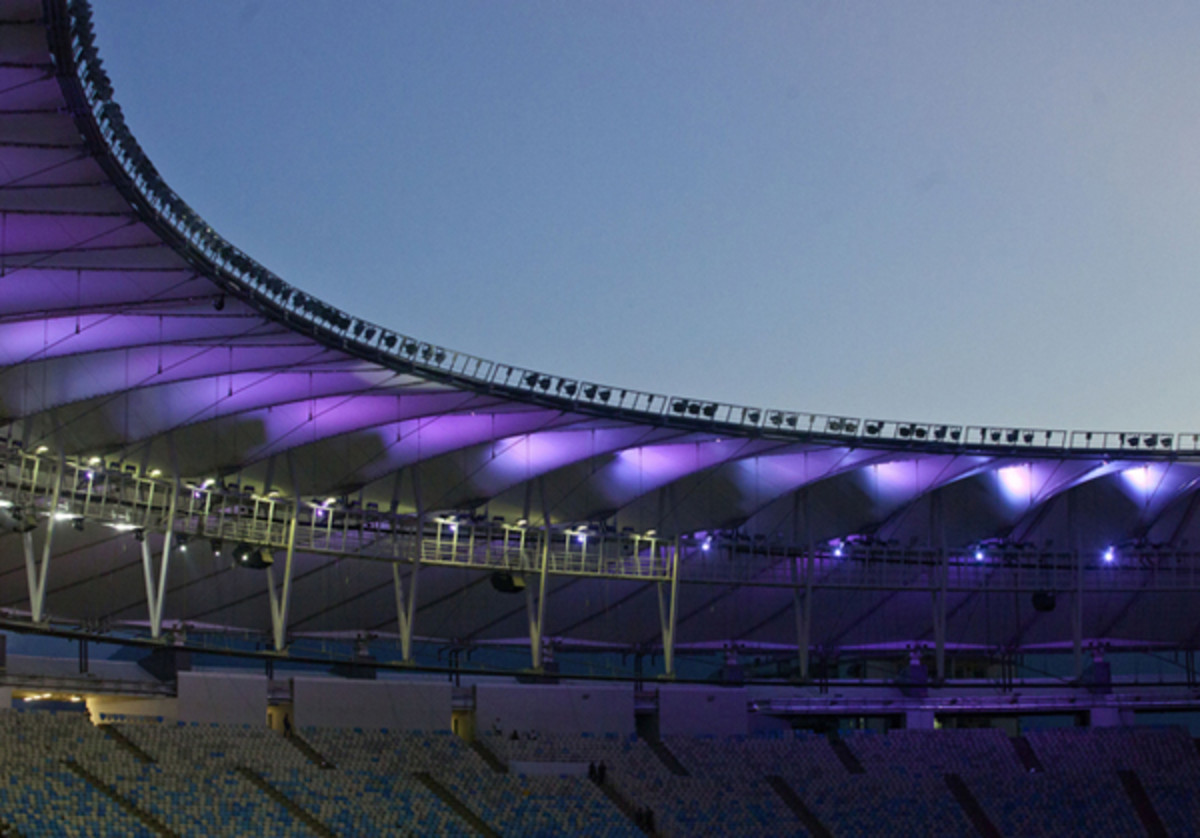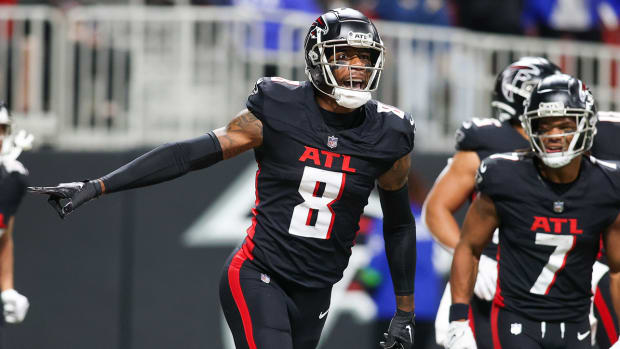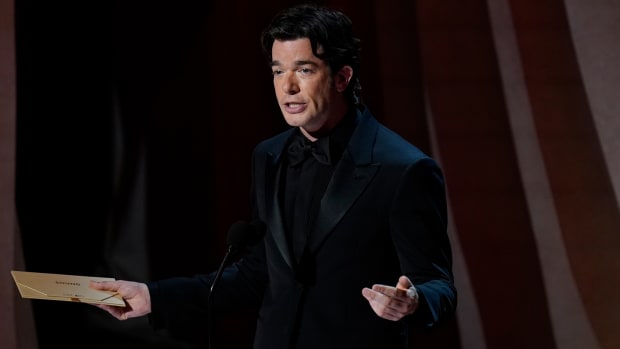Much Is Amiss With Maracana: Why FIFA Is Worried About Brazil's World Cup Venues
Rio De Janeiro's 63-year-oldMaracana Stadium was already one of the most decorated—and gargantuan—stadiums in all of South America, even before the $500 million ground-up renovation that began in 2010. Now it has the potential to become the undisputed king of all Brazilian athletic venues, one that will make its grand reintroduction to the sports world when it serves as the centerpiece of both the 2014 World Cup Final and the 2016 Summer Olympics opening ceremonies. But potential only matters if it's realized, and there are some troubling developments in and around Maracana as the FIFA-imposed stadium delivery deadline of May 24 comes and goes. That the marquee venue fell four months behind schedule and has run construction right up against planned events doesn't bode well for a country that has a whole bunch of venues to build over the next three years. When you put your best foot forward and slip, what can be expected next?
Now, make no mistake: Maracana will still be a premier Brazilian destination. The makeover by Swiss architecture firm Herzog & de Meuron has turned a mammoth venue, one that once hosted nearly 200,000 spectators for the 1950 World Cup Final, into a slick modern stage. The new single-bowl seating configuration eliminated the multi-tiered decks, downsizing the venue to under 80,000 capacity and covering 90% of the seats with a Teflon roof. By any measure other than historical purism, Maracana is markedly better than it was three years ago—but those improvements aren't happening as quickly as everyone had hoped.
A late April exhibition match played in front of more than 20,000 construction workers and VIP guests evinced the last-minute nature of the construction, in the process raising questions about the quality of the work at Maracana and, subsequently, every other planned World Cup and Olympic venue. Reports claimed construction deficiencies, including uneven flooring with holes and gaps, unfinished walls and incomplete ticketing and gate amenities. Yet despite those rough edges, the fear isn't that Maracana won't be finished. Rather, it's that the completed stadium will be sub-par.
Aerial view of Maracana stadium.
That problem may end up being shared between the government and a private partnership, if Brazilian courts allow it. Government officials recently agreed to a deal that would give Maracana's operating rights to a group comprised of Odebrecht SA, Brazil’s largest construction firm, along with Brazilian billionaire Eike Batista and U.S.-based AEG in exchange for $2.7 million annually for 35 years. Court orders, however, have left the agreement in limbo. The hope is that the deal would put some muscle behind a push to finish the stadium in a world-class fashion, even if detractors say the contract gives the government a diminished return on its investment.
All this Maracana brouhaha has compelled FIFA to put Brazil on notice. Soccer’s governing body sent a warning to Brazil in May reminding them that six stadiums throughout the nation must move into FIFA’s hands by the end of 2013, without room for negotiation. If a stadium doesn't meet the deadline, it could get pulled from the World Cup roster; should enough stadiums fall short, FIFA may explore moving the entire event to a country with existing infrastructure. “FIFA is for sure concerned, as it is vital that the firm deadline of December 2013 be kept," said a FIFA spokesperson, according to Goal.com. "No compromises can be made in order not to jeopardize the successful staging of football’s flagship event.”
Predictably, those six venues have already fallen behind schedule, and will likely need costly fast tracking to meet the deadline. But before everyone can really start worrying about the ancillary venues, Maracana must pass a few big tests: a June 2 exhibition featuring Brazil and England, and the FIFA-sponsored Confederations Cup follows two weeks later. Once that's out of the way, the scrutinization of the other venues will intensify—and not everyone will necessary like what they see.
Tim Newcomb covers stadiums, design and technology for Sports Illustrated. Follow him on Twitter at @tdnewcomb.







